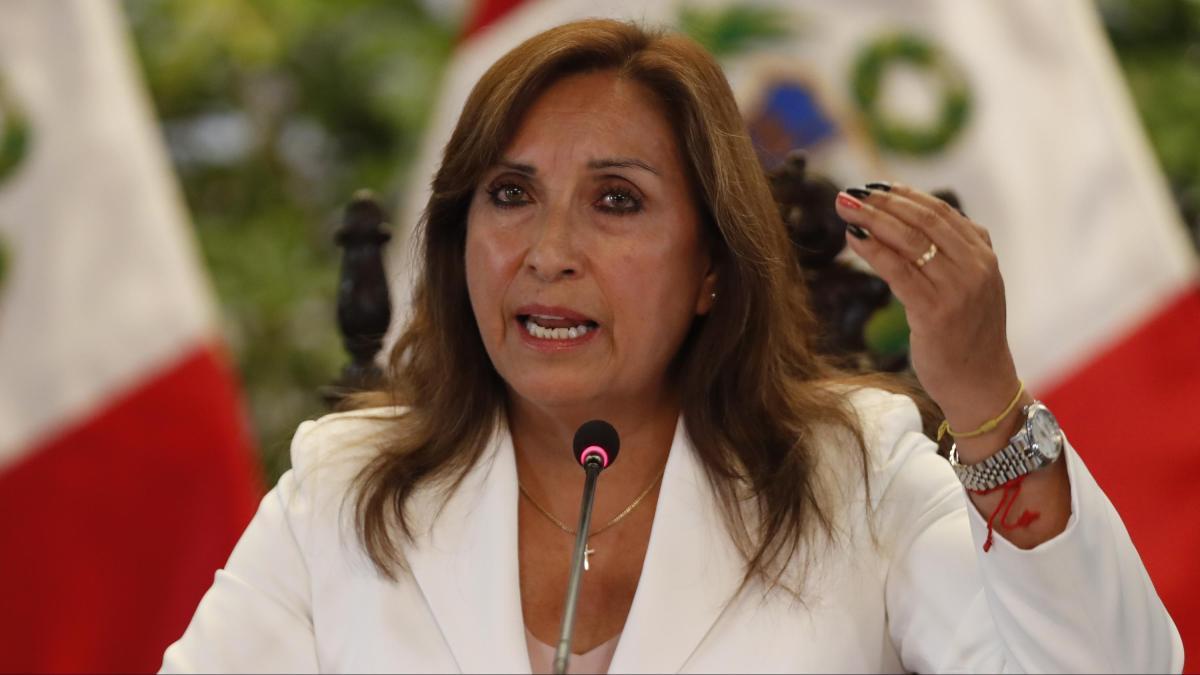Feminism has a racist history that still has an impact on equality work. I, too, have treated Muslim women as victims, writes journalist Venla Pystyne in her column.
I am always been a feminist. I didn’t realize for a long time that I had been white feminist.
It’s not just about my skin color. White feminism is an ideology that believes the problems of white women are the problems of all women and denies the privileges of white women. This is determined by a lawyer and journalist from Pakistan living in the United States Rafia Zakaria in his more recent book Against White Feminism.
According to Zakaria, women who lead major feminist organizations and make feminist politics tend to be white and upper middle class. White are also the journalists who write about feminism in the major magazines. It affects the content of feminism, where rebellion is a virtue, Zakaria writes.
She exacerbates, but I recognize it: a Pakistani feminist doesn’t get support from white feminists unless she does something recognizable to white women, like skate in a headscarf, marching with signs, writing a book about sex, fleeing her husband, or fleeing west.
At university, Zakaria was accustomed to white feminists seeing Muslim women as sexually subjugated. He told lewd jokes to prove his empowerment.
When I lived in 2003, after high school in Paris, the new feminist organization Ni Putes, Ni Soumises (in Finnish No Whores, No Subordinates) staged demonstrations on behalf of women with a migrant background. France was rocked alive at the time by a burned-out 17-year-old girl and mass rapes. Director of the Organization Fadela Amara told how men control women’s dress, follow, and movement.
I also took part in the marches. I nodded when Amara, a Muslim woman, announced that the headscarf was subjugated. The following year, a law came into force in France banning the use of religious symbols in public spaces such as schools.
I did not know that there were other organizations in France that improved the situation of women in the suburbs because they did not receive attention. Their representatives talked about the colonial legacy and racism that affected suburban youth unemployment. They wondered why white women defend the right to dress revealing but not the right of Muslim women to choose their outfit.
According to Rafia Zakaria, the media loves women who talk about the problems of Muslim communities. In his book, he argues that this is due to the colonialist notion that progress comes from the West:
We are expected to tell sad stories where our particularly brutal men, our inherently flawed culture, our simply monstrous religion (but never doing or not doing white) have caused us indescribable pain.
Racialized women are a target of pity that white feminists can save.
Helsinki Ujuni Ahmed, a human rights activist with a Somali background, has said he has encountered this attitude in equality work. He has been worthy of the forefront of suffering but has had to fight to become an expert. Ahmed has also seen many occasions where whites talk to each other about the affairs of racized women, even if there are experts who know the subject personally.
I interviewed a few years ago Mulki Al-Sharmania, Lecturer in Islamic Theology at the University of Helsinki. In Finland, religion is often thought to mean subjugation and freedom of secularization. Perhaps that is why it is also difficult for white feminists to understand that religion can also be a source of empowerment. For example, the Muslim women living in Finland studied by Al-Sharman stated that they strive to comply The Qur’an core ethical values and therefore do not want unequal marriage.
Historian Kyla Schullerin according to white feminism began in 1848 when a woman Elizabeth Cady Stanton opened the Seneca Falls Conference in the United States and noted that civilization will only flourish if space is made for women’s leadership. Admittedly, she only meant white women.
Known black leaders of the time such as Frederick Douglass wanted to push the suffrage of blacks and women together, but Stanton did not. She and another feminist icon Susan B. Anthony allied with supporters of white supremacy. These supported the struggle of the Suffragettes as it strengthened white supremacy. That, according to Schuller, was the most important thing for many early feminists.
Black poet and activist Frances Ellen Watkins Harper for its part, it wanted black women to be recognized in the women’s movement. He recalled the common humanity of men, women, whites and blacks alike.
How did it go? Stanton and Anthony left him and other black activists out History of Woman Suffrage of the first parts of the series, which appeared in the 1880s. Just as men have ignored women in historiography.
At the turn of the 19th and 20th centuries, many white feminists also became enthusiastic about racial breeding – also in the Nordic countries. The declining birth rate of middle-class white women began to be described as racial suicide.
Since then, only the terms have changed. Now the far right is talking about population change. According to conspiracy theory, the white population of the West is being replaced by the people of the Middle East and Africa.
Racism among white feminists is often more unconscious, but Harper’s talk about a common humanity is still relevant.
#week #Feminism #racist #history #admit #treated #Muslim #women #victims







/s3/static.nrc.nl/wp-content/uploads/2022/09/web-0209buioorlogsschade.jpg)